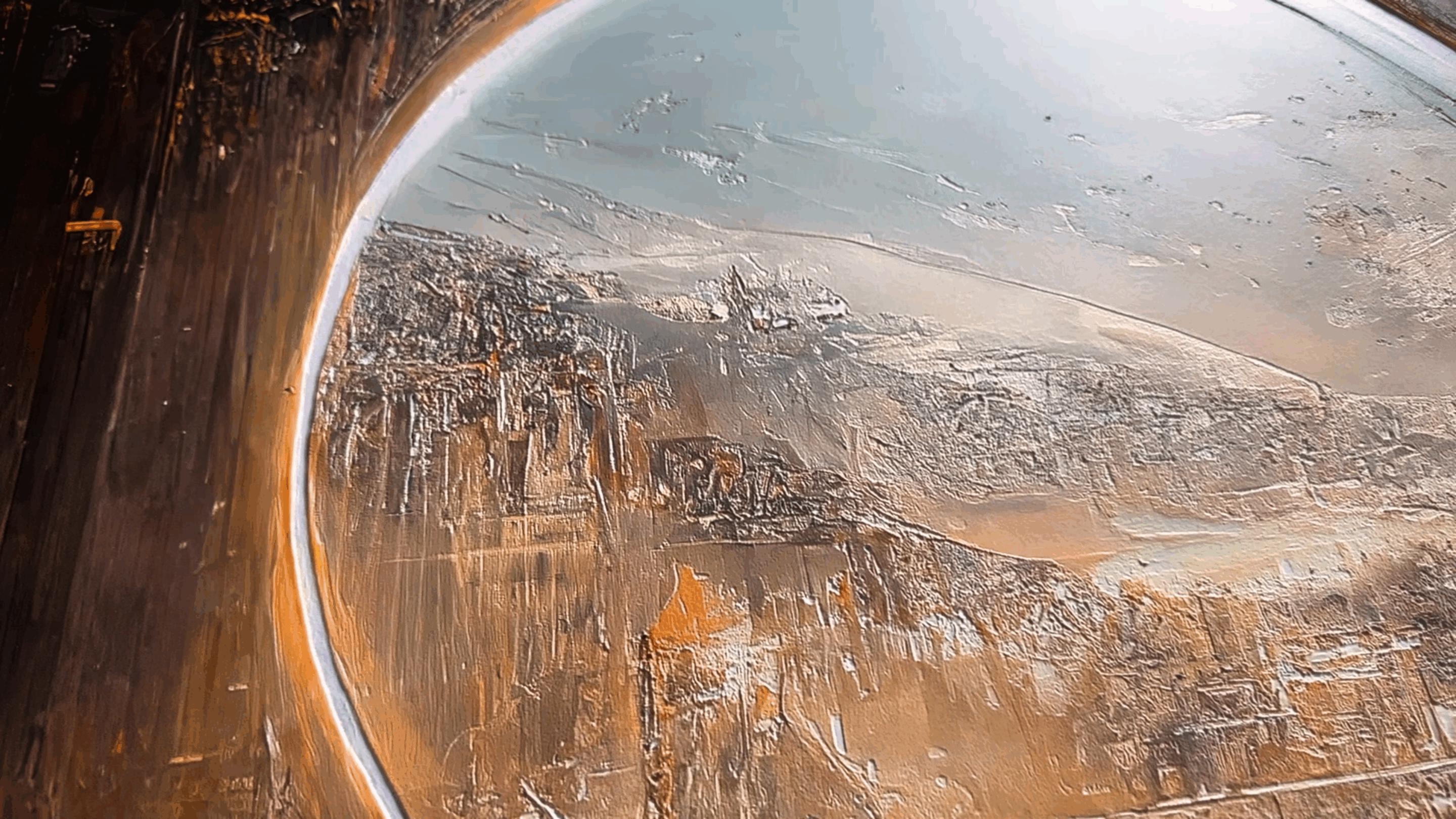How I Turned a Digital Image Into a Masterwork You Can Touch
Jason M. Allen
When I first tried using generative AI to make art, I thought the whole world was about to change. Then, after I won the competition with Théâtre D’opéra Spatial (French for Space Opera Theater), I thought my whole life was about to change. In some ways it did, but not in the way anyone expects when they “make it.”
Almost immediately after winning, the backlash hit. I was told I wasn’t an artist. That what I made “wasn’t art.” That using AI meant I’d cheated.
At first, I tried to shrug it off. My gym buddies teased me a lot about it, they all thought it was very funny that artists were taking their frustrations out on me. But that question, ‘is this art?’, began to bother me somewhat. If this isn’t art, then what is? And if I’m not an artist, what does that make me? This was part of the two-hour conversation I had with the New York Times — “if this isn’t artwork, and I’m not an artist, then art is dead” I told Kevin Roose, which simply became “art is dead,” through the sensationalism of the media. But that is another story.
So I decided to prove otherwise.
I asked myself a single question: How could I make this the “most art” possible?
If the world thought what I made wasn’t real art, I would prove that it was something more than art — it was Art 2.0.
I spent months searching for a way to transform Théâtre D’Opéra Spatial into something that physically existed as if literally painted by hand, layer by layer, with the depth, light, and texture of a masterwork. I wanted to hold it, not as a print, but as an artifact.
Then one day, in a local bookstore, I came across a book called Competing in the Age of AI. It mentioned a project called The Next Rembrandt — a technological experiment that used data and 3D printing to create a new “Rembrandt” painting. I was floored. That was exactly what I had been looking for: a way to reverse-engineer the process of classical art itself.
That search led me to Arius Technology, the company whose technology helped make The Next Rembrandt possible. They’re the same people who’ve digitally preserved masterpieces like the Mona Lisa, Girl with a Pearl Earring, and Van Gogh’s Sunflowers, not just through photography, but by scanning and recreating every micron of their surface texture.
I reached out, explained what I wanted to do, and to my surprise, they knew who I was. Roland Dela Cuesta and the team at Arius listened, understood, and said what I’d been waiting to hear: Yes, it’s possible.
From there, months of collaboration began. They used their proprietary Alta Process to do something completely new — instead of scanning an existing painting to reproduce it, we built one from scratch, sculpting it as if it had always existed in physical form. Layer by layer, color and depth took shape until a digital image became a tangible object called an Elegraph™.
When I received the first Elegraph™ print, I was speechless. It wasn’t just beautiful. It was miraculous. The dimensionality, the texture, the light — it felt like standing in front of a 19th-century masterwork. Yet it was born of technology, not brush and paint.
This wasn’t just printing. This was painting as sculpture.
And with that, Théâtre D’Opéra Spatial became the world’s first AI-native fine art piece produced as an Elegraph.
That moment marked the birth of Tradigital Luxe™, a project two years in the making. Together with Alta.art, we’ve made this process available to collectors worldwide, the next step in fine art’s evolution.
For me, Tradigital Luxe™ isn’t just about the art itself. It’s about reclaiming authorship, restoring dignity to artists who use technology responsibly, and proving that creativity doesn’t end where the algorithm begins.
This isn’t reproduction.
This is Art Incarnate.
Welcome to Art 2.0.
Jason M. Allen is a digital creator, art director, and founder of Art Incarnate™. His groundbreaking work, Théâtre D’opéra Spatial, became the center of the landmark U.S. copyright case redefining authorship in the age of AI. Through his Tradigital Luxe™ series, Allen continues to explore the convergence of human creativity and intelligent technology — art reborn as artifact.



0 Comments